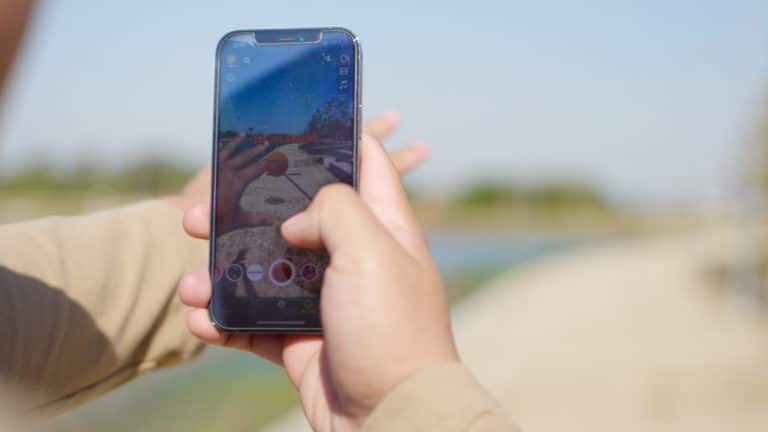
Industry rhetoric about AR’s world-changing status sometimes outweighs evidence that it’s captivating consumers today. Though we see some signals, such as lens engagement figures from social AR players, we’re often flying blind when it comes to consumer AR sentiment.
Looking to fill that gap, AR Insider’s research arm ARtillery Intelligence has completed Wave 8 of its annual consumer survey report. Working with consumer survey specialist Thrive Analytics, it wrote questions to be fielded to 52,000+ U.S. adults and produced a report based on the results.
Known as AR Usage & Consumer Attitudes, Wave 8, it follows similar reports over the last few years. The latest wave of research now bring new insights and trend data to light. And all eight waves represent a collective six-digit sum of U.S. adults for robust longitudinal analysis.
Among the topics: How is mobile AR resonating with everyday consumers? How often are they using it? How satisfied are they? What types of experiences do they like most? How much are they willing to pay for it? And for those who aren’t interested in mobile AR….why not?
Positive Movement
Diving into these questions and starting at the top, what’s mobile AR’s overall penetration and adoption? This year’s survey results peg it at 35 percent of U.S. adults. This is up from 32 percent in Wave 7 of the study, indicating positive – though incremental – movement.
To pause for definitions, the above measures U.S. adults who have used mobile AR at least once. This broad definition lets us start with a baseline, and then drill down. For example, how do these overall usage figures break down by frequency? We’ll circle back to that question.
Another question is how AR’s penetration, represented in these survey results, translates to overall market size. Given that this is a U.S.-based survey, applying the above 25 percent figure to the U.S. adult population (330 million) indicates that roughly 115.5 million adults have tried AR.
As for who these users are, they slightly skew male at 57 percent. Meanwhile, 38 percent are 34-44, while 31 percent are 25-34. This means that 69 percent of AR users are consolidated within the age range of 25-44. As for income levels, usage is evenly distributed across income groups.
Name of the Game
Back to frequency, most AR users engage monthly (34 percent) and daily (26 percent), followed by weekly (20 percent). This means that 80 percent of VR users engage monthly or more. This is a strong signal for AR engagement levels, compared to most other forms of consumer technology.
As for trending, daily and weekly use are both flat from last year, while monthly use is up 6 points. That last part is the headline. Though daily and weekly usage aren’t growing, monthly usage growth shows that mobile AR is settling into a less-frequent but still-steady and consistent pattern.
Why is this important? Frequency is a key health indicator for mobile apps and experiences. In AR specifically, relatively short sessions (due to arm fatigue) need to be counterbalanced by steady frequency. So the name of the game is to instill replayability in any AR experience.
For example, mobile AR experiences that fuse the novelty of augmentation with frequent or repeatable activities show the most potential. These “sticky” behaviors include social messaging, gaming, and utilities like visual search. These activities naturally happen early and often.
We’ll pause there and pick things up in the next installment with more consumer survey results and insights…

